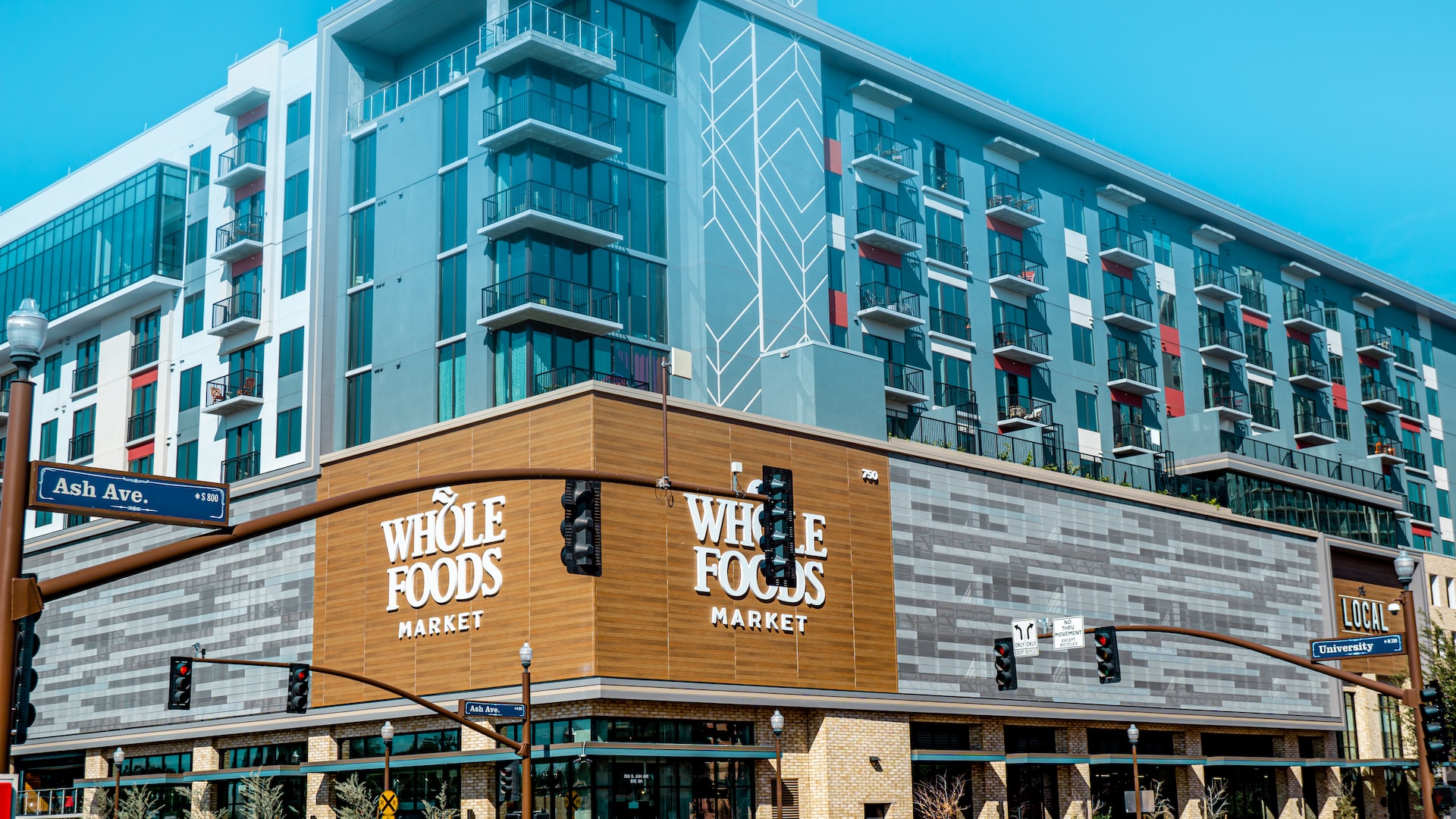Real estate investing gives investors many paths to wealth. You can flip properties, collect rental income, and capitalize on tax deductions throughout the process. After buying your first property and seeing some success, you may want to buy another property. Housing prices still provide a steep barrier to entry, but homeowners and real estate investors have a useful way to tap into more funds. Some investors can use a home equity line of credit (HELOC) to make the purchase. Buying an investment property with a HELOC is possible, and you won’t have to deplete your reserves. Furthermore, you can build up equity in the property that can be used towards future purchases.
Some investors use HELOCs to continuously add to their portfolios. While this process lets you scale quickly, it also has some risks. We will explore the benefits and drawbacks of this approach so you can determine if it’s the best option for your real estate portfolio.
What Can You Use the Funds of HELOC to Buy?
It’s not uncommon for investors to use HELOC funds to make a down payment towards a new property, add a portfolio to their property without taking on an extra mortgage payment or cover the costs associated with a new loan. However, you can use the proceeds from a HELOC to cover any purchase. For example, you can use a line of credit from a rental property or primary residence to pay for a vacation, home remodel, college tuition, car, or anything else. HELOC funds are not limited to real estate investments, but it helps to use those funds to buy properties if you want to scale your portfolio. We have highlighted some common ways investors can use HELOCs.
Pay for a Down Payment
Some lenders require hefty down payments – up to 20 percent – on investment properties. Luckily, you’re not restricted to how you can use the funds, which means you can cover the down payment cost. You will have another mortgage, but if you can quickly fill the rental property with a tenant, you will make a profit from the new property.
Purchase the Whole Property with No Mortgage
You can buy the property outright and eliminate the need for a monthly mortgage payment by pulling funds from a HELOC loan. Doing so allows you to save several hundred or even thousands of dollars that you’d accrue with a home loan. Not everyone can purchase the entire property with HELOC funds due to property prices and the available equity in their home. Real estate investors with multiple properties will have an easier time pulling this off.
Cover New Loan Costs
Closing costs are another significant expense you’ll incur when buying an investment property – typically between two and five percent of the total loan amount. Any delays here can create friction and possibly upend the deal. Luckily, a HELOC can help offset these costs or cover the entire balance so the transaction can close without a hitch.
Pay for Taxes
Property and income taxes can catch anyone by surprise. Allocating a percentage of every paycheck to a bank account exclusively for taxes can mitigate this issue, but a HELOC can provide the extra cushion you need. You don’t have to use a home equity line of credit for taxes with the right planning. Real estate is filled with tax deductions which can help with lowering your bill.
Pros of Using a HELOC to Buy Investment Property
Wondering if a HELOC is the right way to finance your next property? A HELOC can be a great way to purchase an investment property for several reasons.
You Won’t Have to Deplete Your Cash Reserves
Keeping your cash reserves gives you a buffer for emergency expenses, and it becomes easier to pounce on other opportunities. Promising real estate investments don’t stay on the market for long, and having extra cash reserves lets you capitalize on those assets.
You Can Increase Your Chances of Approval
A higher down payment reduces the lender’s risk and increases the likelihood of getting approved. Not all real estate investors have enough money to make a 20% down payment, but you can tap into your HELOC to cover the difference or single-handedly make the payment. You can also use a HELOC as a quicker path to financing. You can use a HELOC even if your credit score has taken a hit, but conventional mortgages have stricter credit score requirements. You will need a 620 credit score to qualify for a traditional mortgage, but you can have a lower score and still get a HELOC.
You Don’t Have to Use the Entire HELOC
Some real estate investors use HELOC to cover the down payment instead of using it to fully fund a purchase. With this strategy, you don’t need as much of your HELOC to invest and can spread it across multiple down payments.
You Only Pay Interest on the Amount You Borrow
Some investors consider HELOCs as useful backup funds. You don’t have to borrow against them and pay interest. You only have to pay when you see a good opportunity and decide to use some of your HELOC to acquire a new property. In addition, taking out a HELOC is risk-free. You only incur risk and have to make payments if you decide to take money out of the line of credit.
The Interest Rates Are Generally Competitive
HELOCs offer competitive interest rates that reduce how much you pay. That’s because HELOCs use your home as collateral. Any time a loan or line of credit uses an asset as collateral, you can expect a lower interest rate.
Cons of Using a HELOC to Buy Investment Property
Unfortunately, there are also drawbacks you should consider before using a HELOC to buy an investment property. Understanding the pros and cons will help you make a better decision instead of only looking at HELOCs from one perspective.
Your Property Becomes Collateral
A HELOC acts as a second mortgage, and failing to repay it can result in the lender taking your home. You should only take out a HELOC if you feel confident in your ability to make on-time payments. You will also have to contend with the new property’s mortgage if you used the HELOC to make a down payment.
The Interest Rate Is Variable
Monthly payments will fluctuate since HELOCs use variable interest rates, just like credit cards. Therefore, a single percentage point can significantly impact your expenses, but this becomes less of an issue if you pay it off quickly and receive rent payments that cover the HELOC.
You May Not Qualify for a Large Enough HELOC
The lump sum you receive from your home equity line of credit may not cover the down payment. Your maximum HELOC depends on your credit score, the amount of equity you have in your home, your debt-to-income ratio, and other factors. Home equity credit lines are more common for people who have more than 20% equity in their primary residence or second home.
What Do You Need to Qualify for a HELOC to Buy an Investment Property?
Each lender has different requirements for obtaining a HELOC. Most financial institutions have more generous requirements for HELOCs than traditional mortgages, but you will generally need to meet these criteria to qualify:
- A good or excellent credit score (700 or higher is recommended, but you can get a HELOC even if you do not have the best credit score)
- An acceptable debt-to-income ratio (40 to 50 percent is ideal)
- A substantial amount of equity in the home you’re using to pull equity from
Alternatives to Using a HELOC
A HELOC is a great way for investors to scale their real estate portfolios, but it’s not the only financing resource available. Here are some alternatives to using a HELOC for your second home or rental property.
Traditional Mortgage
Borrowers can opt for a traditional mortgage instead of a HELOC. However, you will need enough money for the down payment, and these loans have some of the strictest requirements. A HELOC can help you get the mortgage sooner, but some investors accumulate enough funds for a 20% down payment through their salary and rental income.
Personal Loan
Personal loans are often unsecured, meaning there is no collateral. While this strategy reduces risk, you will likely get stuck with a higher interest rate. A good credit score will help, but you can expect higher rates anytime you go the unsecured route.
Credit Card Cash Advance
A credit card cash advance is one alternative to a HELOC, but that doesn’t mean it’s the best option. Credit card issuers limit the maximum cash advance based on a predetermined percentage of your credit limit. If you have a $50,000 credit limit and can borrow up to 30% of that credit limit as a cash advance, you can take out up to $15,000. That amount of money can help with the down payment, but it won’t get you to the 20% threshold. You will also have to pay a cash advance fee, and that $15,000 becomes credit card debt. Credit card companies have double-digit variable interest rates that can exceed 20% APR. A HELOC is a much better financing option than a credit card cash advance.
Cash-Out Refinance
A cash-out refinance is similar to a HELOC. You use your home’s equity to get additional funds that you can use to buy another property. However, a cash-out refinance also changes your loan. You will have a new interest rate and can even set new terms. Real estate investors often use a cash-out refinance to get extra funds and add more years to their loans.
A lengthier loan duration minimizes your monthly loan payments. This reduction improves the property’s cash flow and lowers your debt-to-income ratio. Lowering the debt-to-income ratio with this strategy can help you qualify for financing if this ratio is the only thing holding you back.







